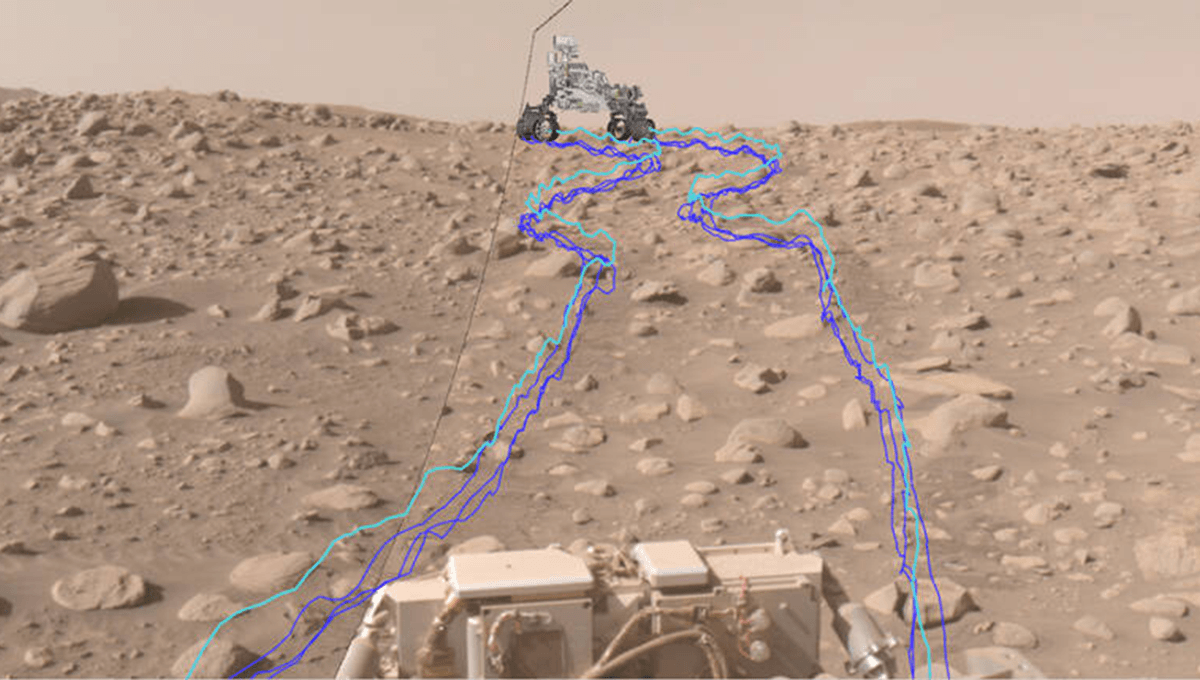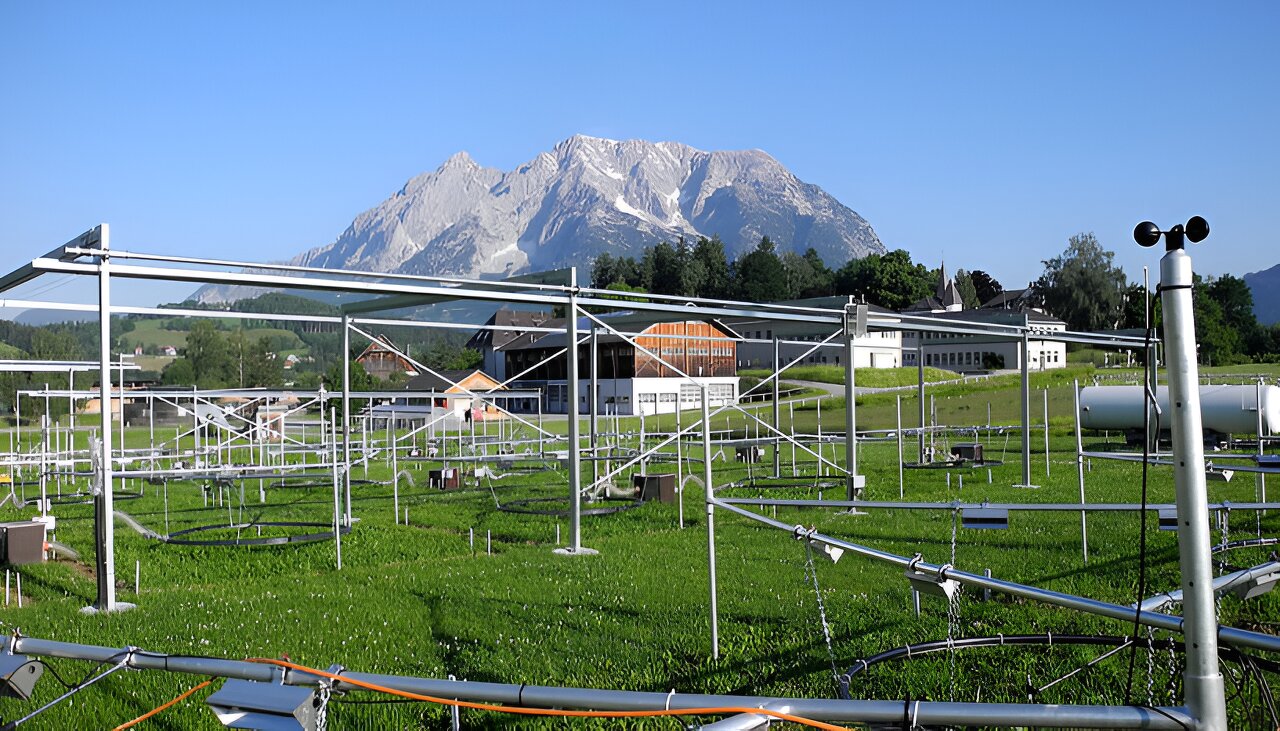NASA’s Perseverance rover has left its Martian predecessors in the dust, setting a new speed record on the Red Planet.
Since its successful landing in February 2021, the Perseverance Rover has achieved remarkable milestones. It has even produced enough oxygen to sustain a small dog for an impressive 10 hours on Mars, as reported in a fascinating study.
But that’s not all. According to a recent paper on the rover’s automatic navigation software, Perseverance has been conquering challenging rocky terrain at astonishing speeds, leaving its predecessors in awe.
Navigating through a field of boulders spanning over 518 meters (1,700 feet) wide was no easy task. While NASA provides general route points, Perseverance relied on its onboard cameras and AutoNav software to navigate the treacherous terrain.
This delegation of navigation tasks to the rover has significantly expedited the process, similar to when Curiosity received a software upgrade in 2012. Perseverance arrived on Mars equipped with this advanced software, along with powerful cameras and processing capabilities that enable real-time terrain navigation. It’s a far cry from the days of the microwave oven-sized Sojourner, which had to pause every 50 centimeters (1.6 feet) to plan its next move.
Despite its advantage over previous Martian robots, Perseverance still faced a monumental challenge in maneuvering through the boulder field.
On less rocky terrain, the rover achieved a distance record of 347.7 meters (1140.7 feet) in a single day, as well as the longest drive without human review, an impressive 699.9 meters (2296.2 feet).
The findings of this remarkable achievement have been published in the esteemed journal Science Robotics.








